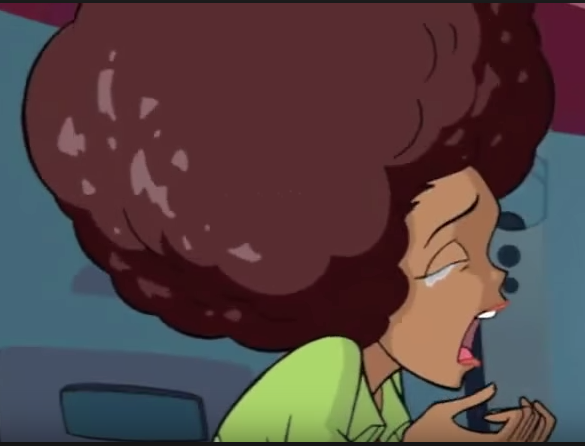
Source: YouTube
One thing that always shocks, saddens and infuriates me are the ways in which people underestimate the intelligence and capabilities of young children. They’re brighter than we think and with each passing day, they gain more clarity about the world around them. And while it can be exciting, it’s simultaneously terrifying as these same children are picking up on the negative messages about our world as well.
We’re all familiar with the Kenneth and Mamie Clark Doll test. Their experiment has been referenced and even duplicated often to show the messages children, both White and Black, are internalizing about race and subsequently themselves. Those messages come from somewhere. Family, friends, school, teachers and even the media. So it’s imperative that young children, especially young children of color, view programming that affirms and uplifts their identities. It makes sense. And it would stand to reason that a children’s programming creators would not only recognize the importance of such a concept but seek to ensure that their programming reflects that choice.
Sadly, one cartoon dropped the ball on this front.
It happened during a scene from season 1, episode 12 of their show “Winx Club.” The show, the first Italian animated series to be sold in the United States, is about a teenager who discovers she has magical abilities and eventually enrolls in a school for fairies. At fairy school, the teenager and a group of girls form Winx. The show didn’t get picked up by Nickelodeon until season 3. So, while the offensive episode didn’t air in America, “Winx Club” is currently shown in over 130 countries. Children of different cultures and ethnicities all over the world saw this particular episode.
In it, the show’s lone Black character laments the fact that her hair, which is “usually straight” has puffed up into an Afro. She doesn’t call it an Afro though. She doesn’t have a name for the perfectly coiffed orb. Instead, she spends an entire minute wailing about the abomination that is her hair, that is the hair of so many Black girls and women across the world.
The implications of the scene cannot be overstated. With every sob, the message about the perceived ugliness and unacceptability of her now less than straight hair, her undeniably Black hair, is driven home into the impressionable minds of young children.
And the reactions of her friends to this hair is no better. At first, I thought they would try to encourage her to embrace this new texture. Instead, they poke and prod at it, cringing at the feel of it. Another group, the enemy of The Winx Club, a group of witches, sarcastically congratulate her on her new look, sending her running off down the hallway, still crying at her “misfortune.”
The scene has since been edited out of that particular episode but the fact that it ever passed inspection not only speaks volumes; it is extremely terrifying to think of the message children, especially the little Black girls who watched this cartoon, received from it.









